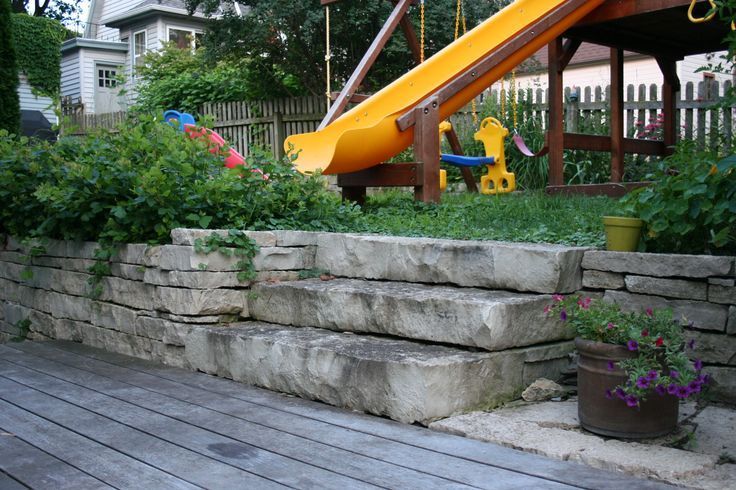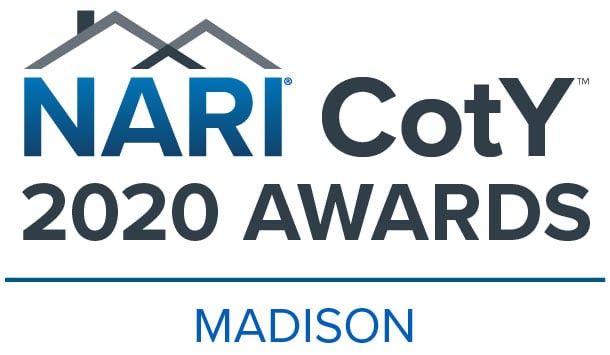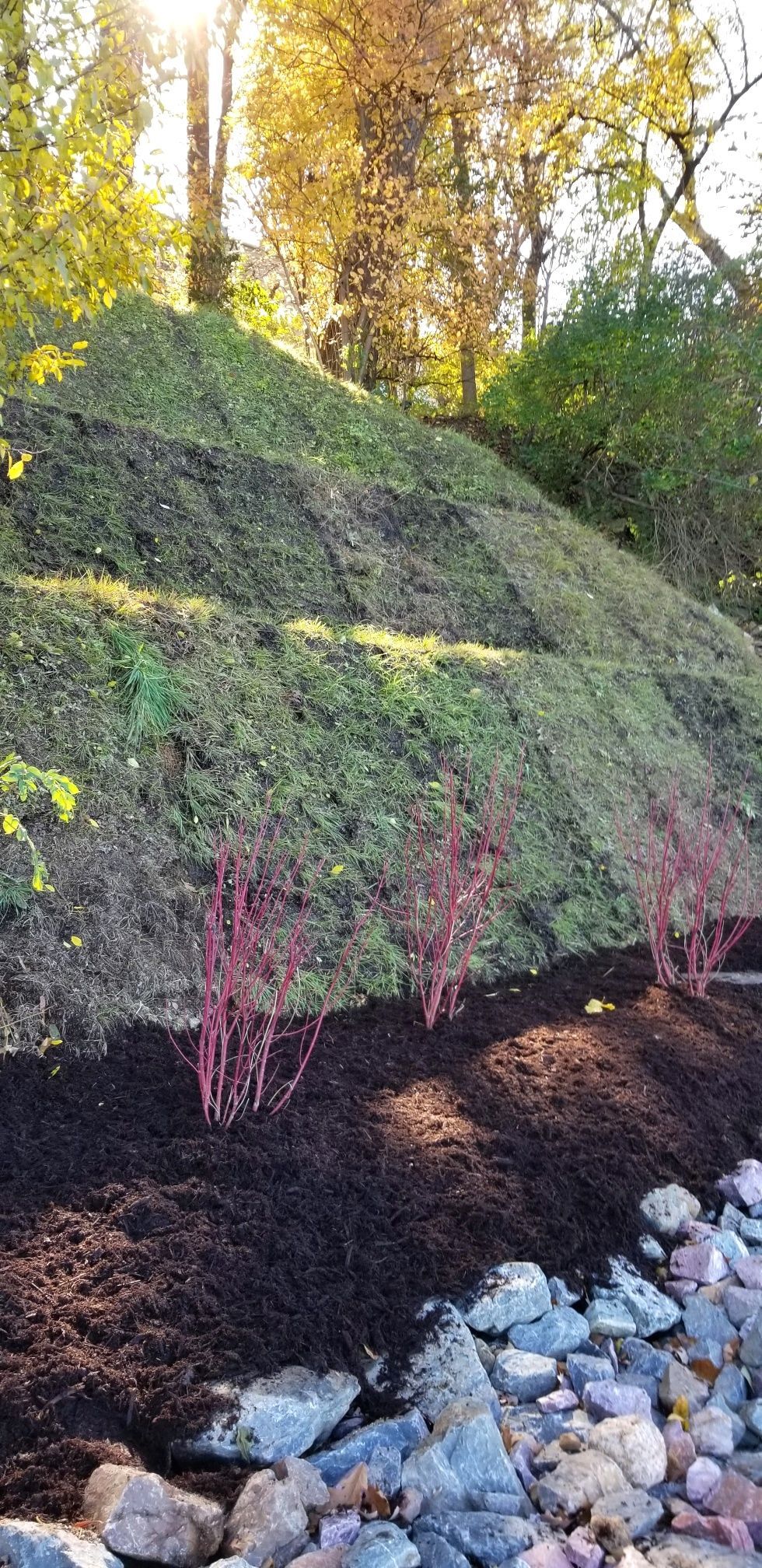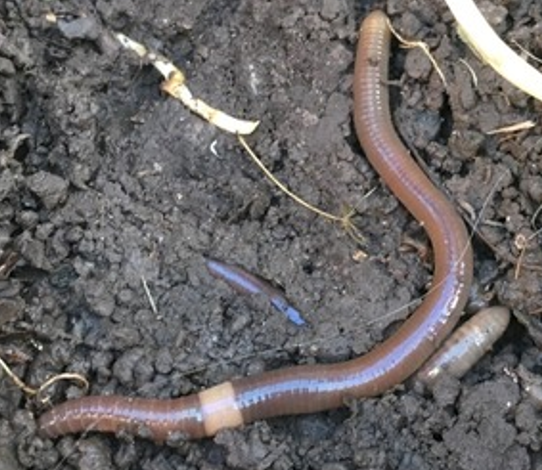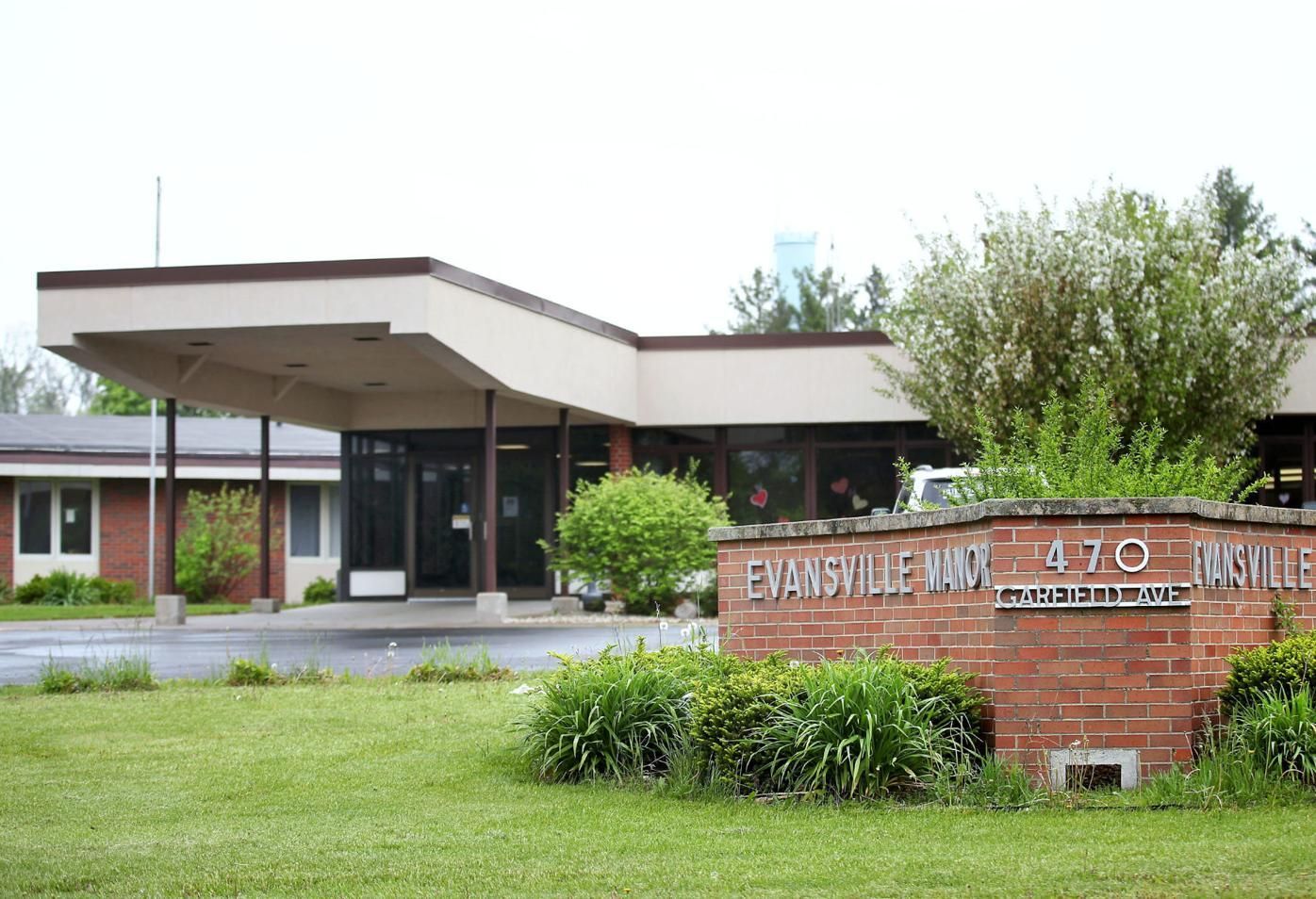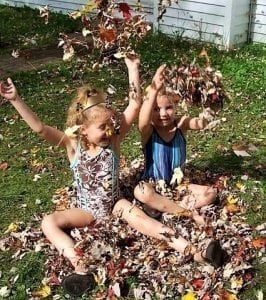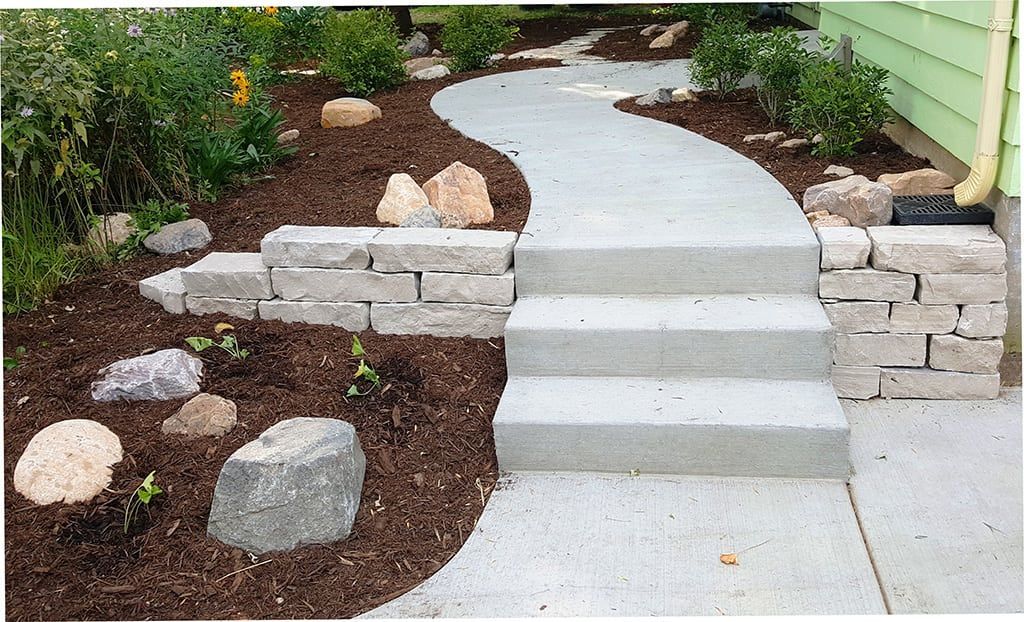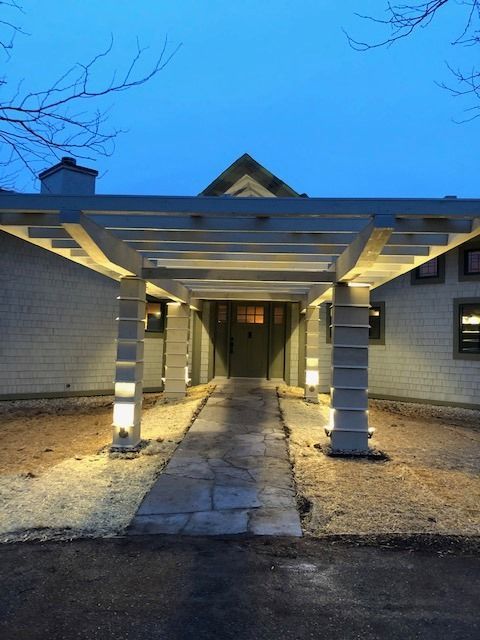Sustainable Summer Landscaping Ideas for Children
CATEGORIES
RECENT POSTS
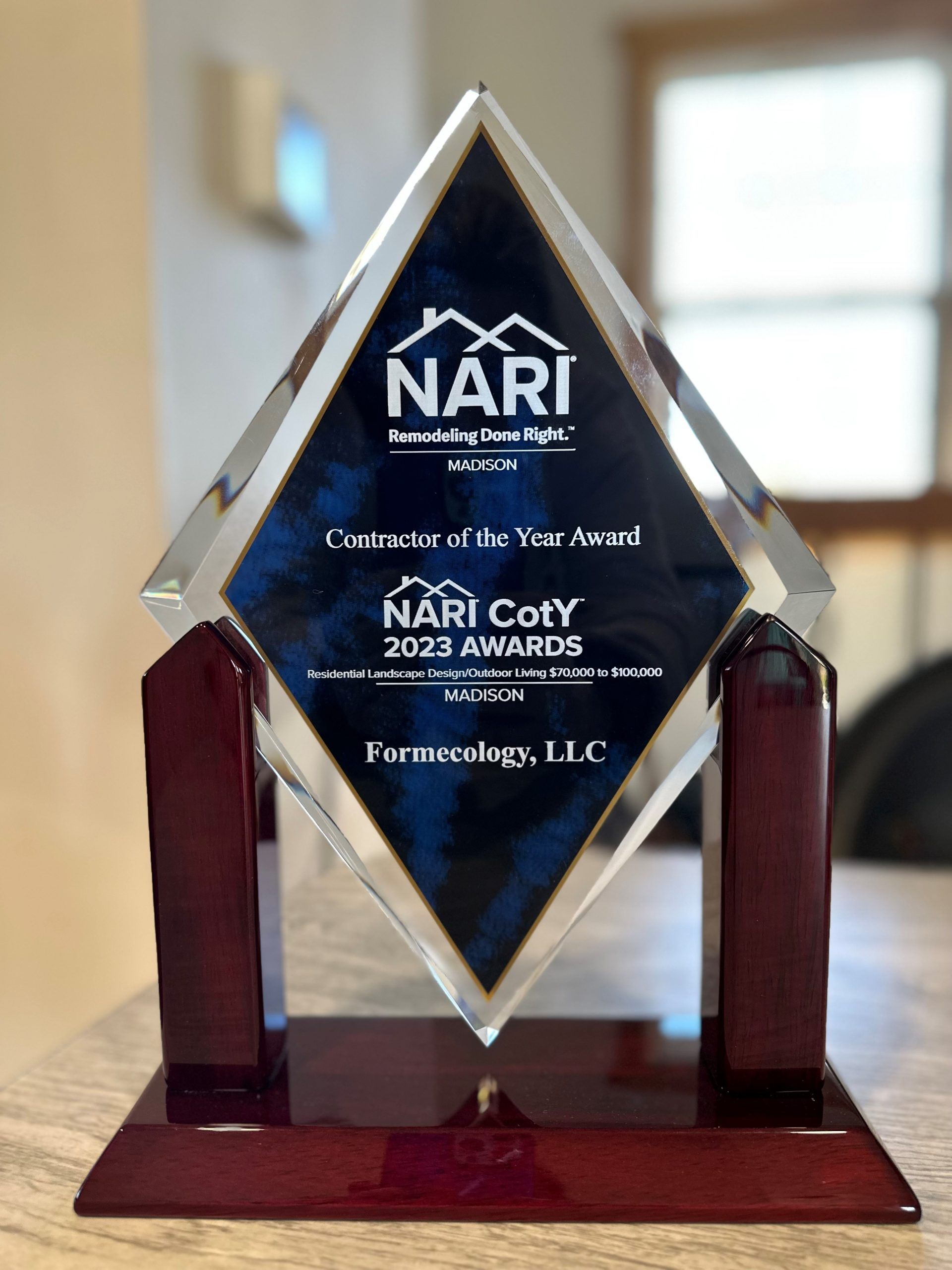


With the school year now over, it is a great time to introduce your children to the idea of helping with summer landscaping. Getting your children outdoors to participate in yard work can be both fun and educational!
Plant native plants! Native plants come in a variety of shapes, scents, and beautiful colors which can be very stimulating for children to see as they bloom. They are also very hearty plants and require minimal maintenance, so they are not demanding on a family’s busy summer schedule.

The long roots of native plants help to absorb a lot of the rainwater. Keeping this water in the ground prevents it from running into the streets where it collects dirt, then flows down into the waterways such as lakes and rivers that our children and wildlife play in (photo below of Lake Leota in Evansville, WI). Rain gardens and rain barrels are also good sources for absorbing or collecting rainwater.
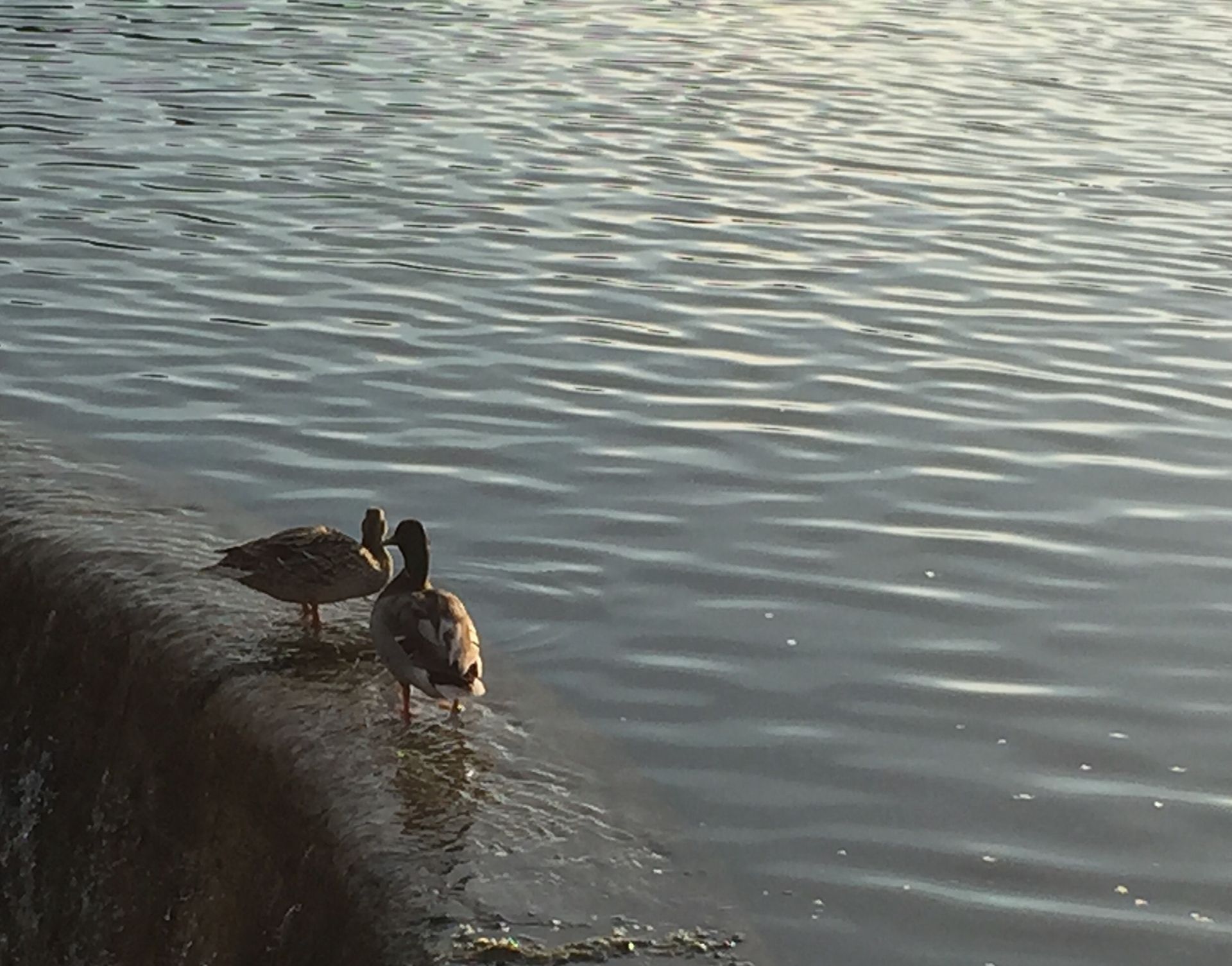
Many native plants and shrubs attract wildlife to the yard such as birds, hummingbirds and butterflies. If you and your children can get to them before the birds do, some native plants and also produce edible leaves and/or berries. They are fun for children to forage and consume, but natural and healthy too 🙂 Just to name a few:
- Elderberry: These berries are safe to eat, but some will argue only after being cooked first. Elderberry can be used in pies, muffins, smoothies, jams, etc., or on oatmeal and cereal.
- Hawthorn: The outer flesh of the berry is edible, do not eat the seed! The berries also make a great jelly. Hawthorn leaves and flowers can be used in salads and tea.
- Serviceberry: For simplicity, serviceberries can be eaten raw. They are similar in taste to blueberries. They can be dehydrated like raisins or also cooked in pies, muffins or pudding.
- Chokeberry: Like serviceberries, chokeberries can be eaten raw or used in cooking/baking. They do however have more of a bitter taste and may be preferred with sugar to sweeten (in minimal amounts though as to not deter the health benefits!).
Aside from these naturally growing edibles, you and your children can plant your own vegetable garden. Gardens can be as simple or complex as your time and space allows. Raised garden beds or potted vegetable plants are a great start if you’re not ready to tackle a full yard space. Children will enjoy the experience of eating a vegetable they grew themselves!
Think ‘green’ when considering lawn care treatments. Formecology, LLC offers organic lawn care services. We use natural, chemical-free products that are not only safer for the environment, but our children and pets too.
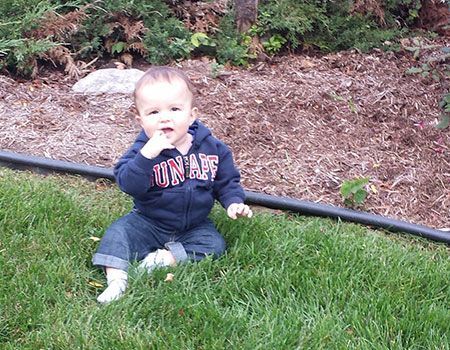
Children’s outdoor play areas can be created with some creativity and unwanted/unused landscape items. Keeping your children active and imaginative is one benefit, but it also encourages the importance of recycling!
The ideas are endless, but just to mention a few:
- Use larger tree trunk pieces for outdoor seating or climbing structures.
- Use tree limbs/branches for building blocks.
- Larger rocks or concrete pieces can create walkways/pathways.
- Summer time means rummage sale time! Re-using second hand items helps to keep less trash in our landfills (and more money in our pockets!). Children can find toys, trucks, balls, pots and pans, etc. for their outdoor play areas. Second hand items also make creative outdoor storage, décor or planters.
Whether it is full site, front or back yard or just a smaller garden area, Formecology’s in-house licensed landscape architect, John Gishnock III, can help to design your summer landscaping. Our experienced landscape crew, serving the Madison, Wisconsin and surrounding areas, can then construct and/or help maintain your outdoor space while your family enjoy a fun and educational summer break!
